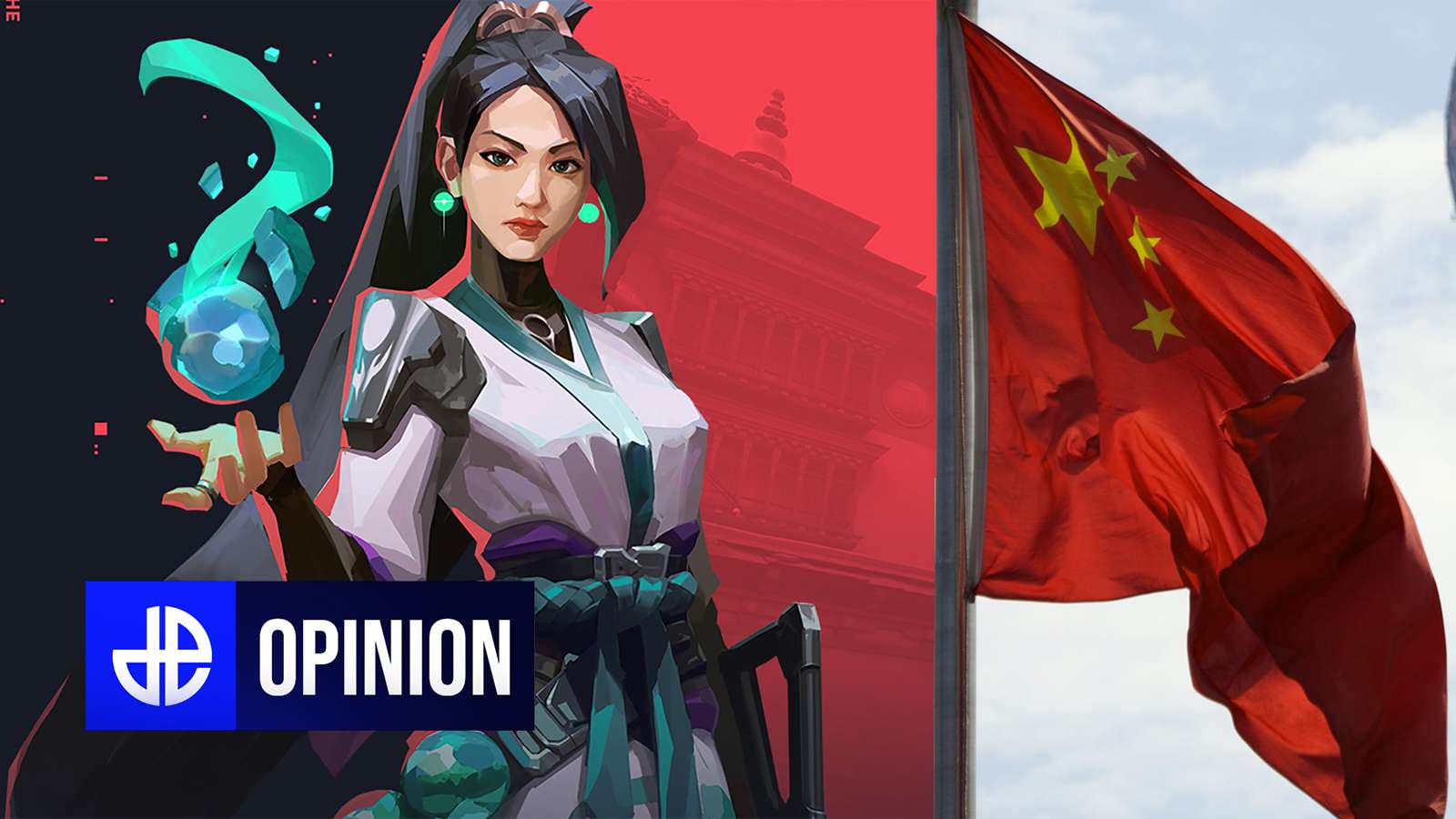Why Valorant’s future hinges on China success
 Riot Games / Pixabay
Riot Games / PixabayWhen you look at an esport, China is the big market to tap into. It’s what’s breathed a lot of success into League of Legends, PUBG, and most recently, a resurgence in Overwatch. Now, Valorant has to crack into it if it wants to not just survive, but thrive in the world of esports.
[jwplayer WCZyEMgW]
Riot surprised players by releasing Valorant to the world on June 2 worldwide, just months after revealing the game and a two-month beta period. However, ‘worldwide’ wasn’t quite true. The game never launched in China.
To this day, Valorant still isn’t freely available in China. Riot has lodged trademarks for the game, but nothing has come of it just yet. There’s no planned release date.
That hasn’t stopped players from picking it up though, and organizations are flocking to Riot’s next big title after League of Legends exploded in the region during the 2010s.
This is important. In fact, it could make or break Valorant. Without China’s player base, Valorant may not be able to survive as long as players would hope. However, with China, it could become the next global phenomenon in gaming.
Valorant, the new FPS IP from Riot Games, has successfully registered its trademark and copyright in China.
Next step will be to submit the game for approval so the game can receive an official release in the country. pic.twitter.com/LZnBUX6VgY
— Daniel Ahmad (@ZhugeEX) May 9, 2020
Valorant in China is growing despite no official support
It’s hard to exactly gauge how successful Valorant is in China. No official launch means Tencent isn’t really going to be tracking the numbers yet. Plus, Riot hasn’t run any official tournaments yet — they’re not a part of the Valorant Champions Tour.
However, there’s still plenty happening in terms of esports that you may have missed. Big name organizations like Edward Gaming, Suning, and Royal Never Give Up have picked up the title. Even Chinese social media site Weibo has a team. While the prize money isn’t there yet, nor any pathway out of the region, that’s only a handful of dozens of teams vying for a top spot.
Most of these pros have to come from somewhere too, and they’re poaching from some of the biggest games in the region. CrossFire, Overwatch, PUBG, and even CS:GO players have made the jump to Valorant — albeit not as quickly as some Western players did.
There’s tournaments run by Huya and Douyu, two massive streaming platforms. Chinese teams often play against Korean and Japanese talents like Vision Strikers and JUPITER. While they’re not as good as Koreans right now, one only has to look at League of Legends to see how quickly Chinese talent took over once it got going.
- Read More: How Cloud9 Valorant can start clean in 2021
There was a big contention on whether the game will perform in China. However, from the outside looking in, as the prize pools get into the tens of thousands and more orgs start showing interest, it’s definitely got the esports side down pat. It’s just a matter of if casual players jump across. That’ll be the money maker.
 Smilegate
SmilegateIs Valorant the “CrossFire” killer in China?
The one question that now looms over Valorant, above all else, is a parallel to one drawn in the West: can Valorant topple CrossFire as the region’s premier FPS? CrossFire is ostensibly CS:GO, and while it’s definitely not as glamorous, as far as games go, it’s huge.
CrossFire has a reported 1 billion players as of February 2020, and a peak of over 8 million concurrents. In comparison, League of Legends’ peak player count is 8 million concurrent. The peak in China is 100 million daily players in Honor of Kings (aka Arena of Valor, a mobile MOBA).
You can read into the numbers as you will, but CrossFire has spawned TV spinoffs and film adaptations, and it being a “cultural phenomenon” is too small a term to describe its impact.
- Read More: Why Valorant esports will eclipse CS:GO
There’s also the PUBG question — the battle royale’s mobile presence goes a long way in capturing gamers in a region where mobile gaming is king.
It goes to show how big a mountain Valorant has to climb. However, there is hope yet. The game isn’t out yet, and there’s already some competitive appeal. Riot being Riot, and Tencent being Tencent, there’s a chance Valorant gets traction.
Will it make or break the esport? Potentially, with a huge launch in China, Valorant becomes the CS:GO killer in the West.
Regardless, the more of the Chinese market Riot can tap into, the better. If it’s successful, they might have an iron grip on esports for the years to come.